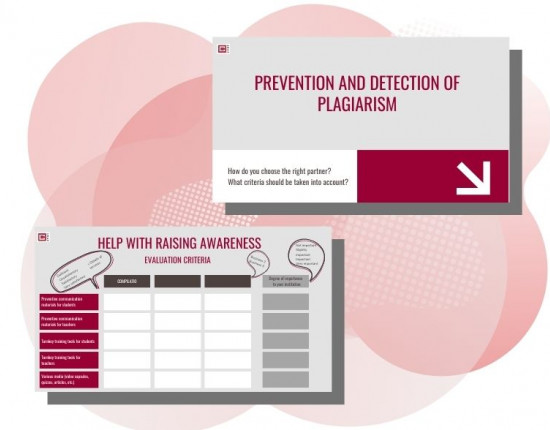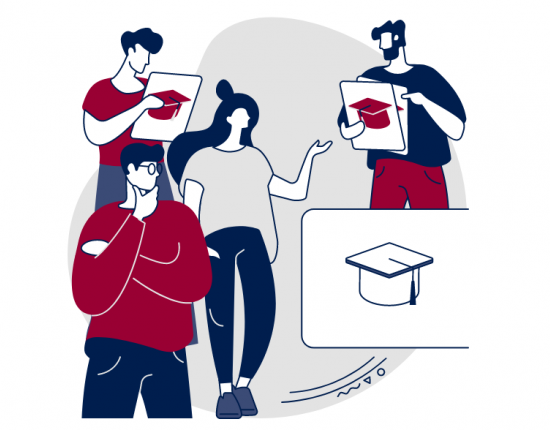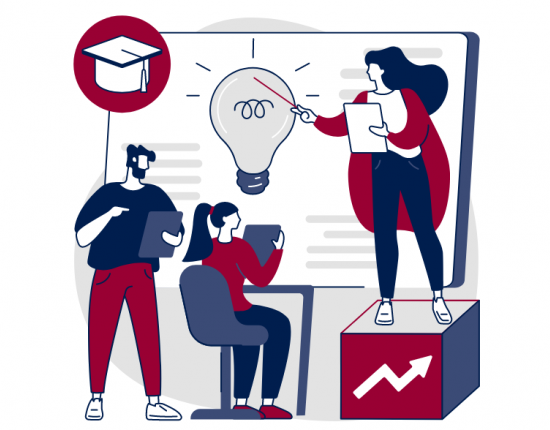Raise awareness about plagiarism
in high school
What are we waiting for?
It's undeniable: tools for digital work and submitting assignments remotely have multiplied in middle and high schools. More and more secondary schools are seizing this educational opportunity to prevent copying/pasting.
In the same way that we teach politeness to children from an early age, learning to respect copyright allows middle and high school students to act responsibly starting with their first writing assignments.











